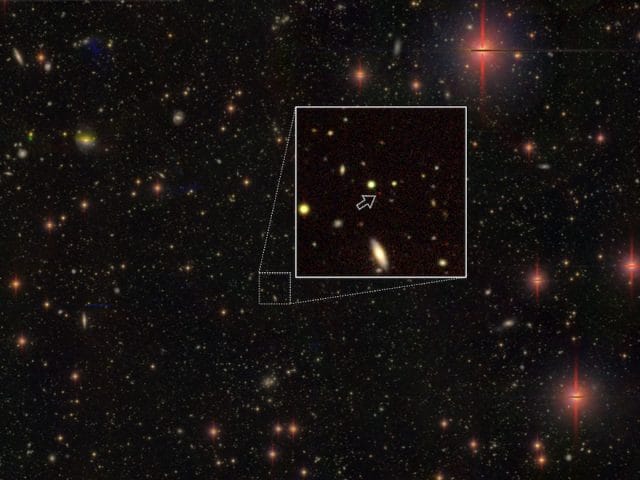The discovery of interbreeding between ancient human ancestors and Neanderthals has been a subject of great interest and debate in the scientific community. Recent studies have confirmed that this interbreeding occurred around 47,000 years ago, providing valuable insights into the complex history of human evolution.
The study, published in the journal Nature, analyzed the DNA of present-day humans and compared it with the DNA of Neanderthals. The results showed that many present-day humans retain Neanderthal DNA in their genomes, suggesting that there was significant interbreeding between the two species.
The interbreeding is believed to have occurred when ancient human ancestors, known as Homo sapiens, migrated out of Africa and encountered Neanderthals in Europe and Asia. The Neanderthals, who were already established in these regions, had a distinct physical appearance and cultural practices that were different from those of the Homo sapiens.
Despite their differences, the two species were able to interbreed and produce fertile offspring. This interbreeding had a significant impact on the genetic makeup of present-day humans, with many people retaining Neanderthal DNA in their genomes.
The study also found that the interbreeding was not limited to a single event, but rather occurred multiple times over the course of thousands of years. This suggests that there was a complex and dynamic relationship between the two species, with periods of interbreeding and periods of separation.
The discovery of interbreeding between ancient human ancestors and Neanderthals has significant implications for our understanding of human evolution. It suggests that the history of human evolution is more complex and nuanced than previously thought, with different human species interacting and interbreeding in complex ways.
The study also highlights the importance of genetic analysis in understanding human evolution. By analyzing the DNA of present-day humans and comparing it with the DNA of ancient human species, scientists can gain valuable insights into the history of human evolution and the interactions between different human species.
In addition to its implications for human evolution, the discovery of interbreeding between ancient human ancestors and Neanderthals also has significant implications for our understanding of human biology and disease. The study found that many present-day humans retain Neanderthal DNA in their genomes, which may have contributed to the development of certain diseases.
For example, the study found that many present-day humans retain Neanderthal DNA in their genomes that is associated with an increased risk of type 2 diabetes. This suggests that the interbreeding between ancient human ancestors and Neanderthals may have contributed to the development of this disease.
The discovery of interbreeding between ancient human ancestors and Neanderthals is a significant breakthrough in the field of human evolution. It highlights the complex and dynamic nature of human evolution and the importance of genetic analysis in understanding human biology and disease.
The study also raises important questions about the nature of human identity and the relationship between different human species. It suggests that the boundaries between different human species are not as clear-cut as previously thought, and that there is a complex and nuanced history of interbreeding and interaction between different human species.
In conclusion, the discovery of interbreeding between ancient human ancestors and Neanderthals is a significant breakthrough in the field of human evolution. It highlights the complex and dynamic nature of human evolution and the importance of genetic analysis in understanding human biology and disease.
The study also highlights the importance of continued research into human evolution and the interactions between different human species. By analyzing the DNA of present-day humans and comparing it with the DNA of ancient human species, scientists can gain valuable insights into the history of human evolution and the interactions between different human species.



